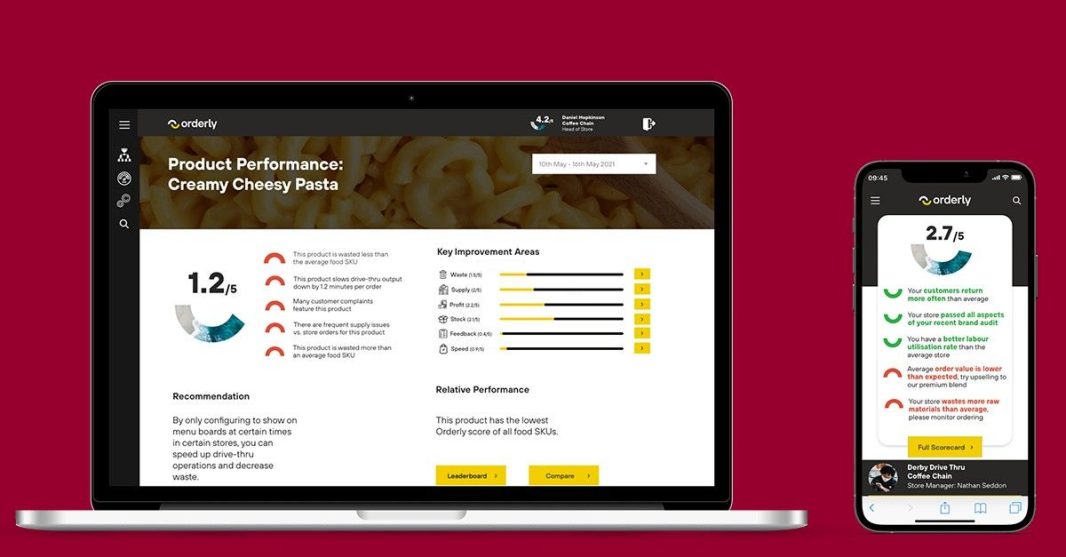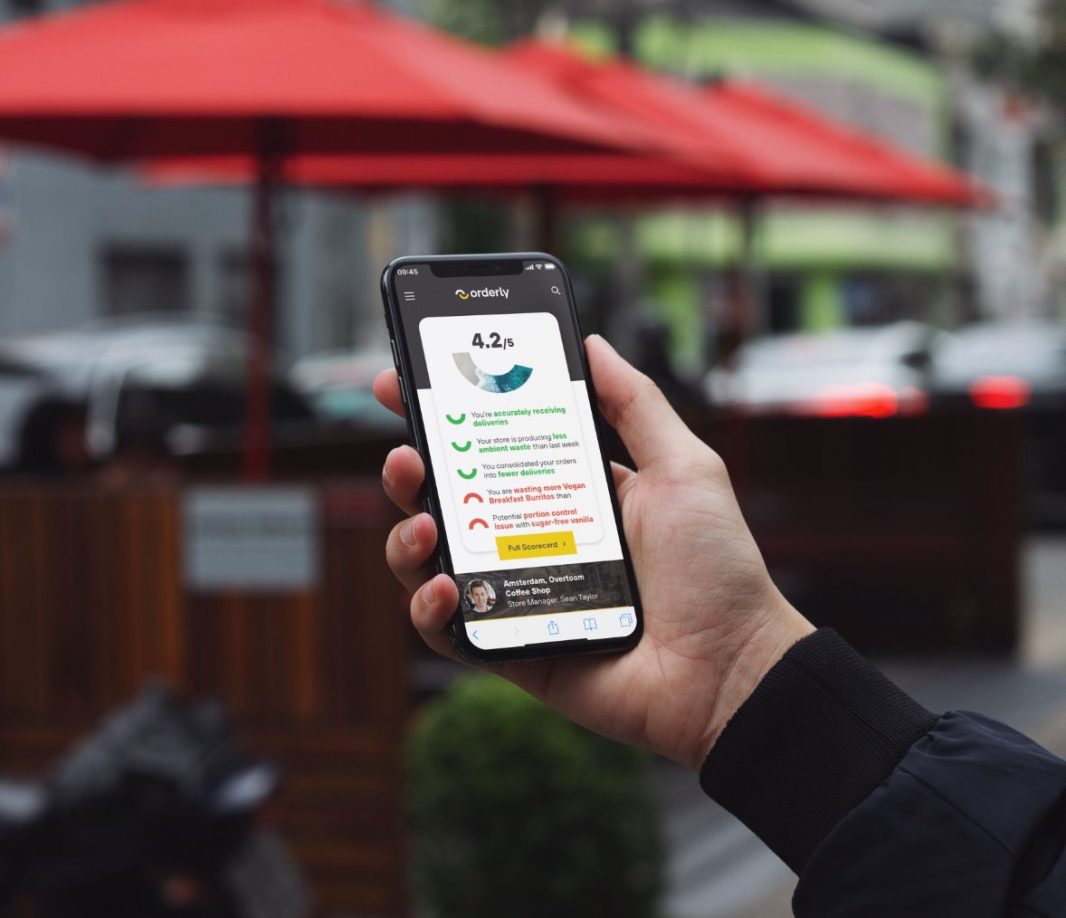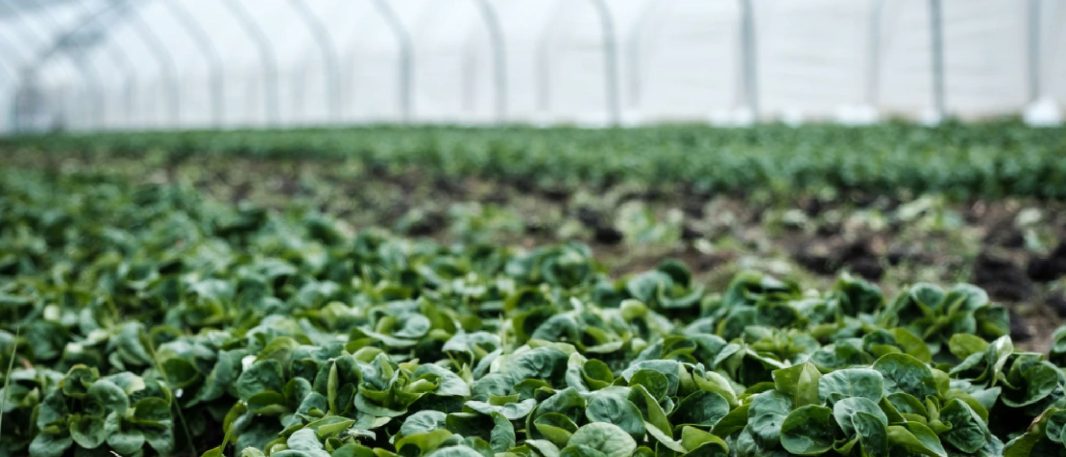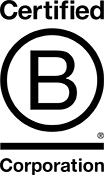Let’s roll back the clock. It’s 2020, and you are planning your promotional campaigns for the year, ensuring a balance between promotion and stock. January sales, Easter, summer shake-up, autumn (PSL season anyone), Christmas? Same thing year in, year out. Not this year! Lockdown 1.0, eat out to help out, the tier system, lockdown 2.0 and now changing Christmas buying habits. And now changing lockdown dates with unknown consumer habits from Monday. What’s going to happen?
Capgemini reports that over 70% of companies have struggled to recover from supply chain disruption, which has affected all operations. Pre-COVID there was a growing need for supply chains to become more agile as consumer trends begun to change quicker and quicker. Now the need for change is real.
COVID has provided an opportunity (or need!) for food and beverage organisations to build more resilience, flexibility and agility into their supply chain — reducing waste and carbon effect upon the environment through local sourcing and other sustainability measures.
Information Wins
In the short-term, retail and hospitality supply chain leaders can work with IT to make better use of data that already exists and present real-time data to the right people at the right time. You should have this data in your inventory management and order management tools. Start by using the information that exists. Next, look at improving the quality of this information by using the best tool possible.
Secondly, it is important to look at ongoing promotions. What is happening in stores? How are sales levels? How are stock levels? Be proactive and establish channels with store networks, IT and suppliers. Make sure your data reviews enable you to spot problems in advance.
Regarding communication channels with your store networks — you can share the pressure with them. Even with the best modelling systems in the world, it is important to encourage responsible ordering for promotional forecasting; be that with the store manager, district manager or even store licensee head office.
Tools exist to ‘crowdsource’ these forecasts and then contain ordering around that forecast to ease upstream issues.
Orderly Forecast Management
The Orderly Forecast Management application captures demand from franchise store groups to ensure a reduction in supply chain waste. Streamlining forecast capture for food and beverage campaigns, the application feeds all users tasks and clearly highlights the next steps needed to bring a site from idea to sign-off. No more manual processes are rekeying data, much more speed and simplicity.
The solution replaces the dated, manual spreadsheet driven process, saving you time, giving you better visibility and control of applications and their statuses.
- Complex campaign creation
- Store grouping
- Approval workflows
- Deadlines / submission management
- Bulk upload
- Document libraries
Orderly Forecast Management integrates with Orderly Management so demand can be converted to orders. These are capped against the forecast and released across the lifecycle of the campaign based on the requirements of the customer.
With Orderly, planning and replenishment teams are now invoicing with more accuracy and timeliness, with no need to write off stock (reducing waste and increasing responsibility), due to the tool enabling them to move the responsibility to licensees.
Taking it one step further: AI
By surfacing the right data to the right people at the right time and using ever-connected data-sources to track wastage, there are huge improvements made over time and also a level of future-proofing available, as modelling can be done to work out what-if scenarios.
Part of the role of AI in the supply chain is also about predicting demand for each SKU and understanding the most intricate details of a business — from absences from employee sickness, to effective delivery routing and modifying delivery models to meet demands as they happen.
AI-generated scorecards such as those offered by Orderly have been used to influence human behaviour. In the effort to reduce waste and increase sustainability, the scorecard concept works with a number of data sources to provide the user with easy to understand overviews:
- 3 things they are doing well to increase sustainability in their organisation area
- 2 things they can improve upon
- 1 score out of 5
The score enables them to track their progress over time and benchmark themselves against their peers.
Each week the scorecard is updated with new recommendations and the system checks the data to see if recommendations have been followed by the user (self-learning).
The idea is that if each person in an organisation has a scorecard and makes the two small recommended changes to their behaviour each week — the benefits multiply — and continue to do so, as more people use the scorecard.
Contact us to learn more.







